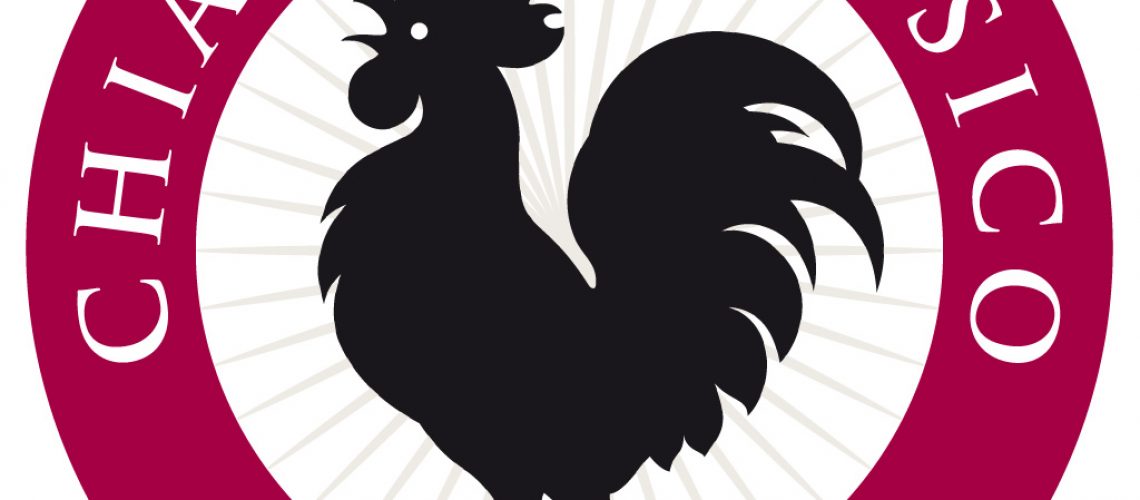A few kilometers from Siena and Florence are the hills of Chianti Classico, an expanse of 20 km known for the vineyards from which originates a high quality wine, renowned throughout the world: the Chianti Classico wine. The Chianti Classico Consortium is responsible for protecting and enhancing Tuscan wine and, from its foundation to the present day, has adopted the so-called “Gallo Nero” – Black Rooster – a symbol of historical and legendary origins, as the brand name for its wine production. Although the Consortium has changed its name and logo graphically over time, this Black Rooster has always been associated with the precious wine of the Tuscan hills.
The Legend of the “Gallo Nero”
Why is a black rooster the trademark of Chianti Classico wine? The origins of the symbol are linked to an ancient folk legend, which tells how the political boundaries of the Chianti hills were defined during the Middle Ages.
At that time, the Republic of Florence and the Republic of Siena – historical enemies – competed for supremacy over the Chianti region, which was considered a precious strategic area of Tuscany. Precisely because it was in an intermediate position between the two cities, in fact, this region was for a long time the subject of continuous and violent clashes.
The two cities decided to put an end to the conflicts and adopted a very particular system to resolve the issue. At dawn, two knights would leave – one from Siena and one from Florence – in the direction of the Chianti territory: the border between the two powers would arise at the exact point where the two men would meet. Since the moment of departure was decisive, it was decided to rely on the cockcrow. The men of Siena chose a white rooster and fed it in the belief that it would sing much louder at dawn. On the contrary, the Florentines preferred a black rooster that they left hungry for several days and locked in a dark room.
The day of the competition came. Starved by hunger, the black rooster began to sing as soon as he was freed: the Florentine knight was able to leave first, even before the sun came up. In Siena, however, the white rooster sang at the first light of dawn, having slept a few more hours as he was full. As a result, the Sienese knight left with a strong delay with respect to the challenger.
The two knights met at Fonteruoli, just 12 km from Siena – so almost the entire Chianti region was annexed to the Republic of Florence.

The Chianti League
Originally, the “Gallo Nero” symbol was associated with the Chianti League, an alliance established between several rural towns that adopted as their coat of arms the image of a rooster on a gold background. Founded in 1384, the league was a military pact with the aim of defending the Chianti region in case of war. However, the territory was so vast that it was necessary to divide it into three parts to govern it: Castellina, Gaiole and Radda. In 1716 the Grand Duke of Tuscany Cosimo III established that the wines produced in these three areas should be called “Chianti wines”: from a legislative point of view, the first wine region was defined.
In 1924 the first Consortium for the defence of Chianti wine was born – to which only in 1932 the term “Classico” was added, to distinguish it from the wine produced outside the territory delimited by Cosimo III. Today, the Consortium protects the production of wine in this area and carries out research and experimentation in the agricultural and wine industry.


